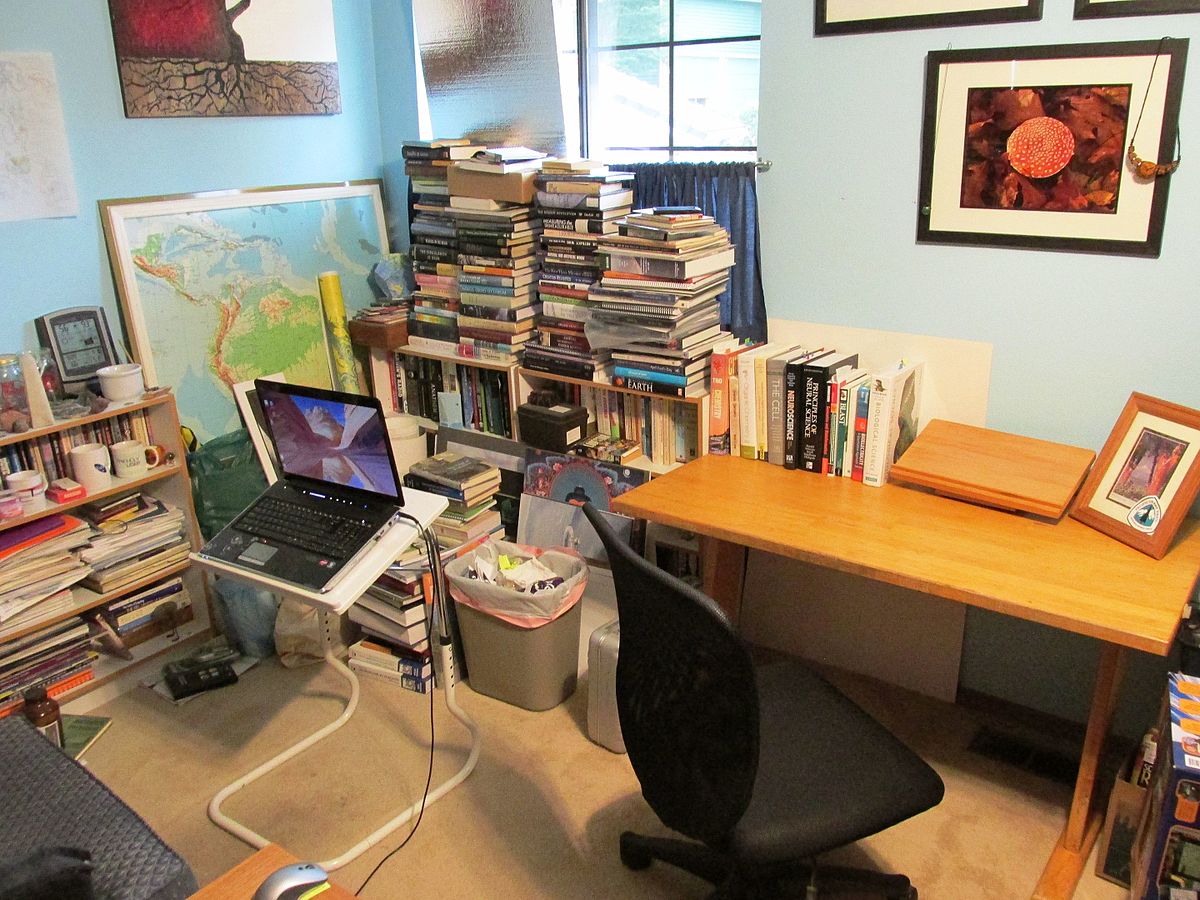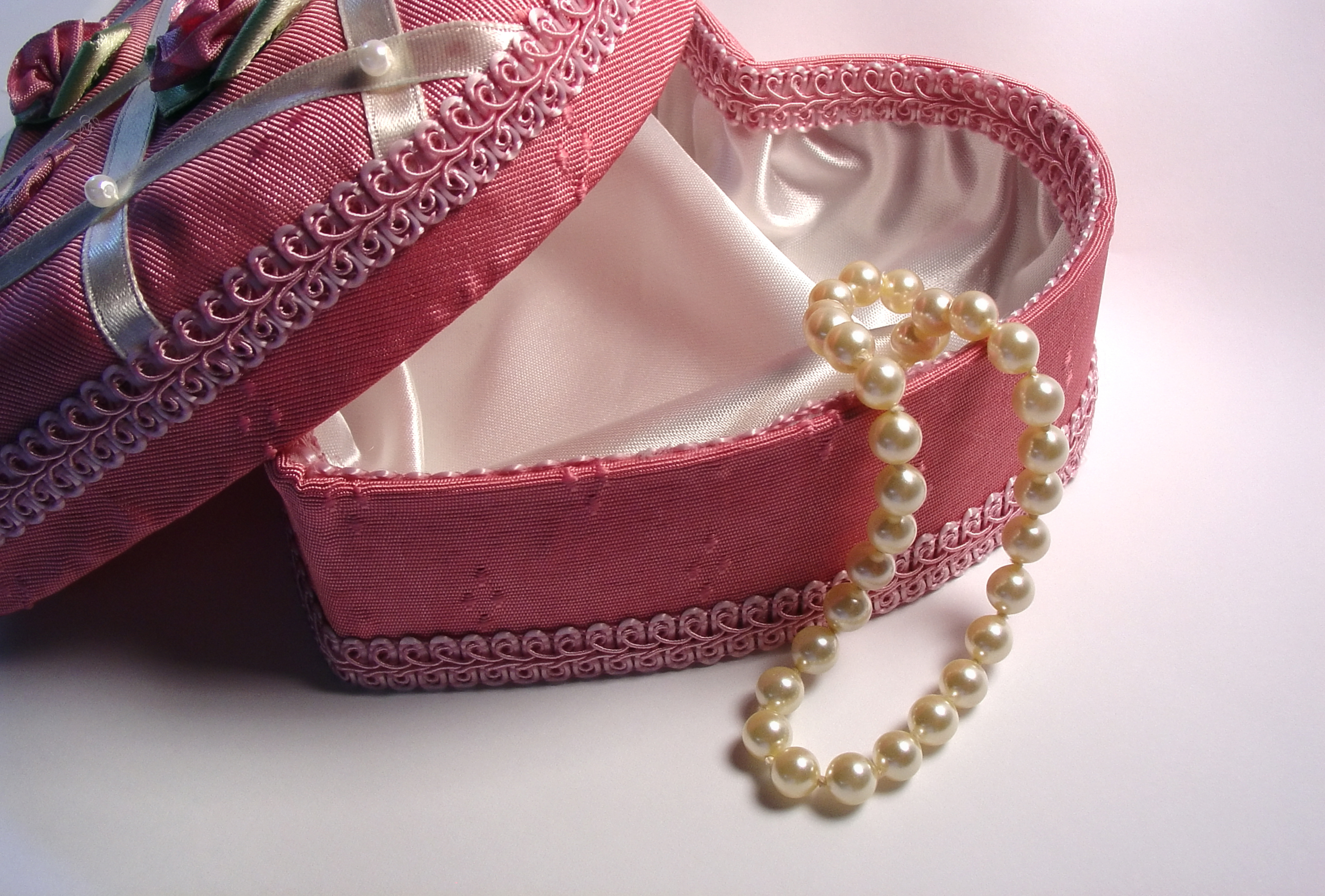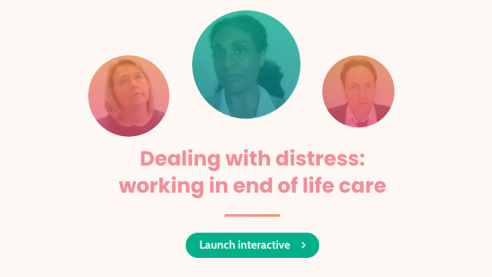Find out about The Open University's Health and Social Care courses and qualifications.
While feedback can inform service improvement, many sites do not have the processes in place to engage bereaved carers in how to improve such spaces. Claire Henry MBE, and Marie Cooper, both nurses with extensive experience and expertise in end-of-life care, and Roberta Lovick, national campaigner for the promotion of good quality end-of-life care, have worked with sites across England to learn from carers. Their project – Walking the Walk – was born out of the need to improve the experience of distressed and grieving carers as their loved ones were approaching the end of life. The project has been undertaken in over 25 care settings and although each environment is different, they all have an opportunity and a responsibility to consider the needs of the carer in terms of the environment, involvement of care and access to bereavement support and care after death. This article gives an overview of the project and the kinds of impact it can have.
Roberta states why such a study is essential:
Having been through the awful situation of watching my daughter die in A&E [Accident and Emergency] I was keen to understand why the experience proved to be so disturbing. Therefore, I fought to persuade those who would listen to see if a piece of work could be undertaken to enable us to identify shortfalls in the system. If we were able to do so, there might well be a chance that we could improve the situation for carers as well as patients as they found themselves entering the hospital system through A&E when sadly the patient was nearing the end of their life.Walking the Walk: using carers to improve sites of care

Close-up of a person’s feet as they walk up a set of stairs.
What’s involved?
What makes this process unique is that it looks at the environment through the eyes of a carer as they literally walk-through care environments. They pay attention to how spaces look, how they feel in them, what indications of support are present, and other sensory input that impacts their experience. Only through examining things through carers’ perspectives are many of the vitally important issues truly identified. At a time of enormous distress and anxiety it is important that this difficult journey is understood through their insights and experiences, as memories of such times lives on into bereavement.
During the project, the team have observed varying standards of attention to facilities used by carers. When staff members are extremely busy, they may neglect to notice such issues: dirty windows down basement corridors en-route to the mortuary viewing room. Yet, for a person already in distress, these details can be upsetting and may lead them to wonder just how are their deceased loved ones being cared for.
As the following images, inspired by one Walking the Walk visit, demonstrate, attention to detail can make a huge difference. The project team reported dead plants, clocks that did not work, and tired furniture. The hospital took this feedback and turned the dowdy room into one which is quiet, calm, and a respectful space to attend to those receiving bad news or are bereaved.
From this:

Small room crowded with furniture, stacks of books, dirty tea mugs, unhung wall art, and overflowing rubbish bins.
To this:

Clean, calm seating area with two chairs and small coffee table. On the table water, tissues, and note paper are provided.
Another feature the team often notice is signage and public spaces. Clear signage is essential for all visitors who may be distressed. Similarly, public areas should feel inviting, as carers are often present over the 24-hour period and present when side rooms and cafes may be otherwise unavailable. The image below shows an example of good signage that offers a space and place for relatives be it a chapel or a prayer room.

Black sign with two white icons. One icon is of a person in a non-denominational prayer position. The second icon is an arrow pointing to the right.
Carers involved in the project have also found the following items helpful when at a hospital or other care setting:
- helpful volunteers at the entrances (e.g. at hospitals to direct through the buildings)
- unrestricted visiting hours
- free access to Wi-Fi
- passes for discounted fees for parking and catering
- overnight accommodation and the availability of a sleep easy chair.
Simplicity is key
Simple gestures can go a long way. For example, a bespoke property bag (as pictured below) used to return the deceased relative’s clothing and items to the family can mean a great deal for carers. By ‘going the extra mile’, it indicates that staff appreciate the sensitivity of the occasion. As one carer on the project stated: ‘No one wants to receive precious items in a black plastic sack’. While some items might be perceived to be less precious since they are clothing, for a carer this is one of the last items worn by a loved one; staff should not assume what is important to carers.

Padded pink box for storage of personal items, such as a necklace as pictured.
Key messages
- Don’t underestimate the importance of the ‘little things’.
- Small changes such as de-cluttering a room can make a significant difference and provide a calm, healing space.
- Engaging in Walking the Walk is a very empowering experience for staff – they value celebrating what they do well and also see it as an opportunity to continue improvement.
If you would like to find out more, please contact: Claire Henry MBE, Honorary Fellow at The Open University: claire@clairehenryassociates.co.uk
You can also learn more about the project here.







Rate and Review
Rate this article
Review this article
Log into OpenLearn to leave reviews and join in the conversation.
Article reviews